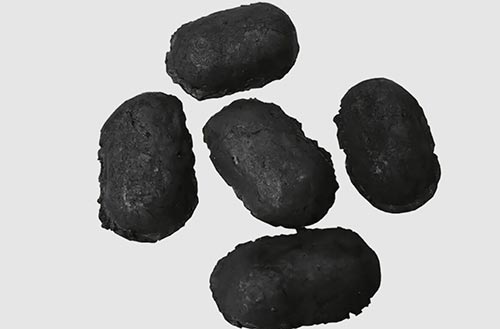What are the different types of carbon paste electrodes?
Carbon paste electrodes (CPEs) are widely used in electrochemical measurements due to their simplicity, versatility, and cost-effectiveness. They can be classified into various types based on different factors such as composition, modification, and application. Here are some common types:
Unmodified Carbon Paste Electrodes: These electrodes consist of only carbon paste, typically made from graphite powder mixed with a binder (e.g., mineral oil or paraffin wax). They are straightforward and inexpensive but may lack selectivity and sensitivity for certain analytes.
Modified Carbon Paste Electrodes:
Chemically Modified CPEs: Various chemical modifiers can be added to the carbon paste to enhance sensitivity, selectivity, and stability. These modifiers may include metal nanoparticles, metal complexes, conducting polymers, and carbon nanotubes.
Physically Modified CPEs: Physical modifications such as surface roughening or activation can improve the electrode’s performance by increasing the surface area and facilitating electron transfer kinetics.

Disposable Carbon Paste Electrodes: These electrodes are designed for single-use applications, eliminating the need for cleaning and maintenance. They are often used in fields where contamination is a concern or where frequent electrode replacement is necessary.
Screen-Printed Carbon Electrodes (SPCEs): SPCEs are manufactured using screen-printing technology, allowing for mass production with consistent quality. They are widely used in portable and disposable electrochemical devices due to their low cost, small size, and ease of fabrication.
Modified Screen-Printed Carbon Electrodes: Similar to modified CPEs, screen-printed carbon electrodes can be chemically or physically modified to enhance their analytical performance for specific applications.
Rotating Carbon Paste Electrodes: These electrodes are used in rotating disk electrode (RDE) configurations, where the electrode surface is continuously renewed by rotation. This setup is commonly employed in studies requiring precise control over mass transport processes.
Microelectrodes: Carbon paste electrodes can be fabricated in microscale dimensions, offering advantages such as enhanced spatial resolution and reduced sample volume requirements. Microelectrodes find applications in neurochemistry, environmental monitoring, and biological research.
These are just a few examples of the diverse range of carbon paste electrodes available, each with its own advantages and limitations depending on the specific requirements of the electrochemical measurement.





